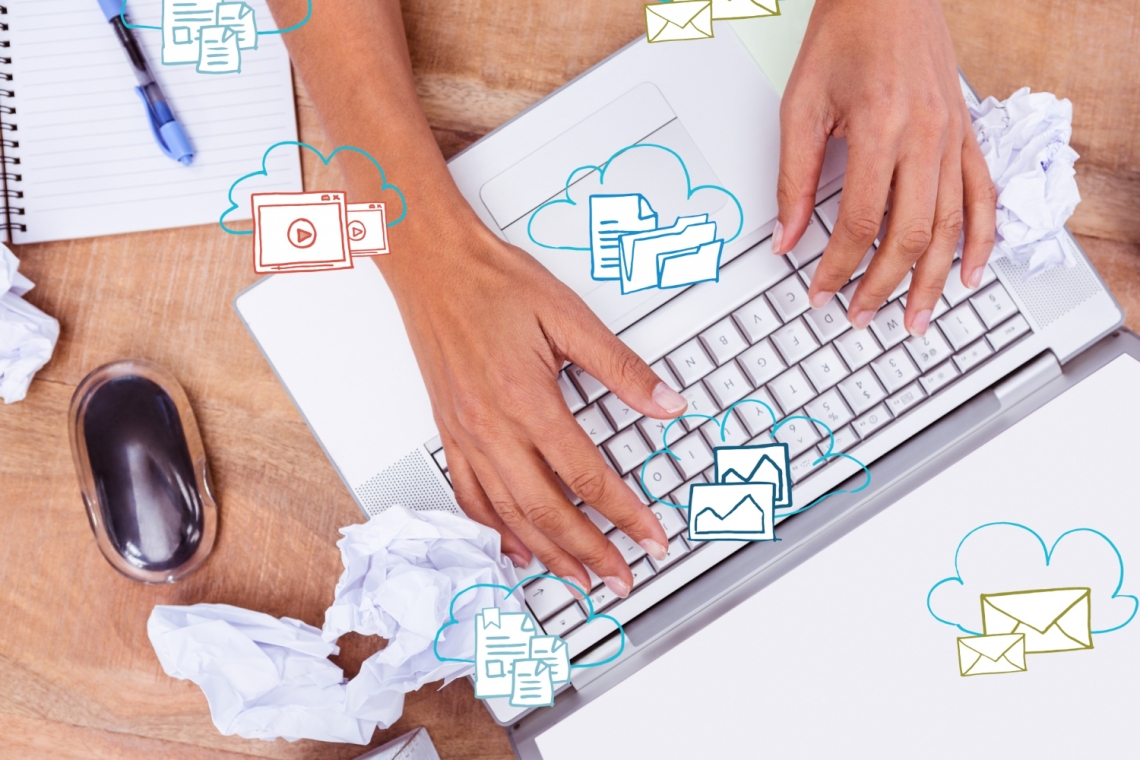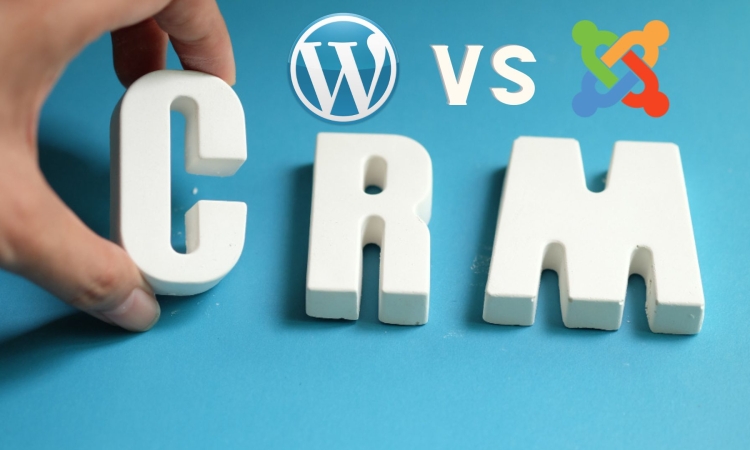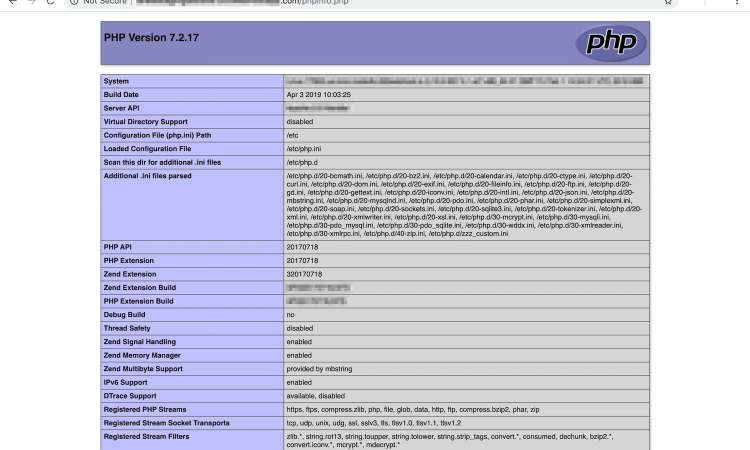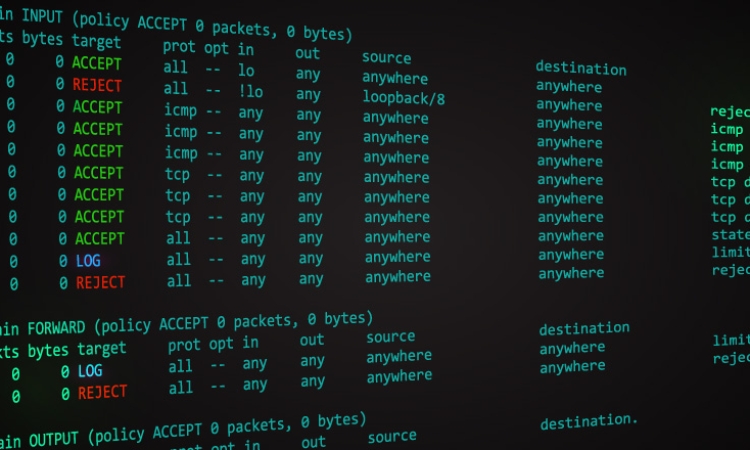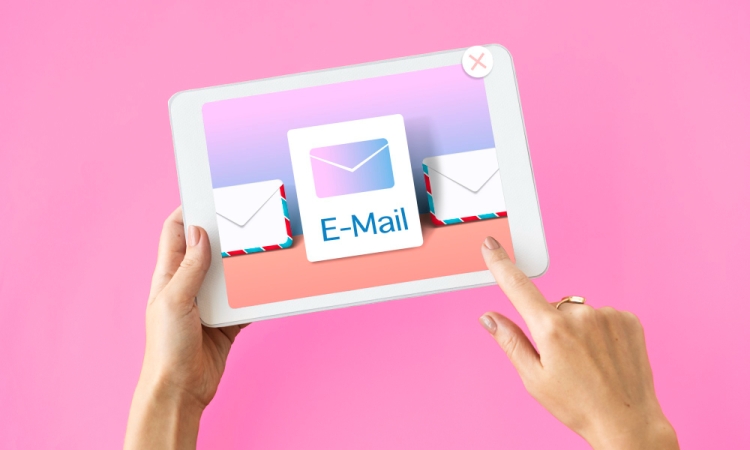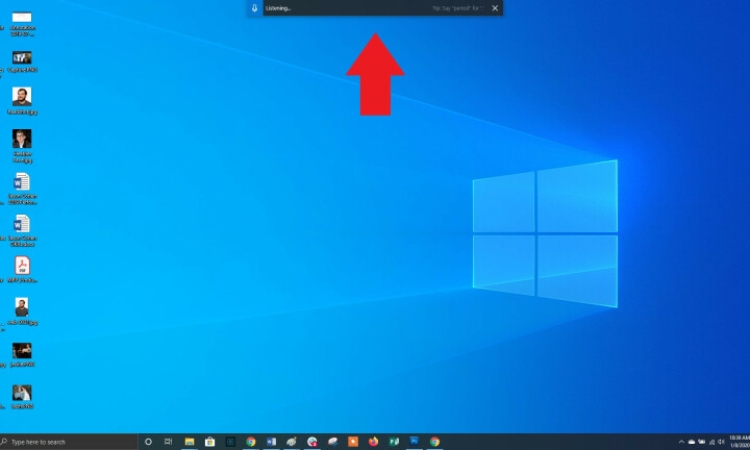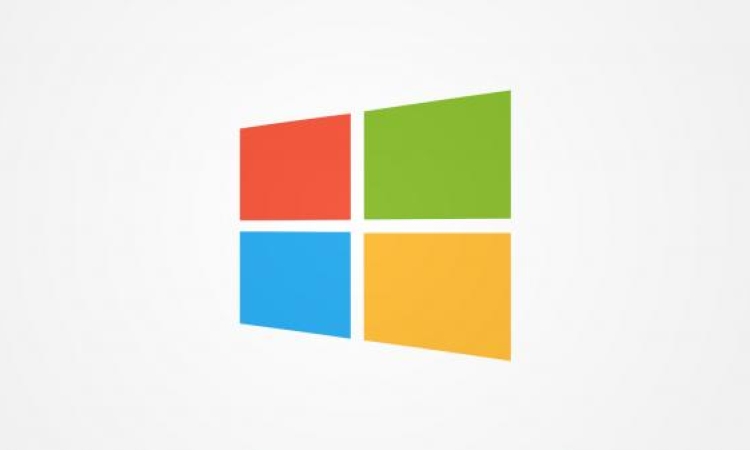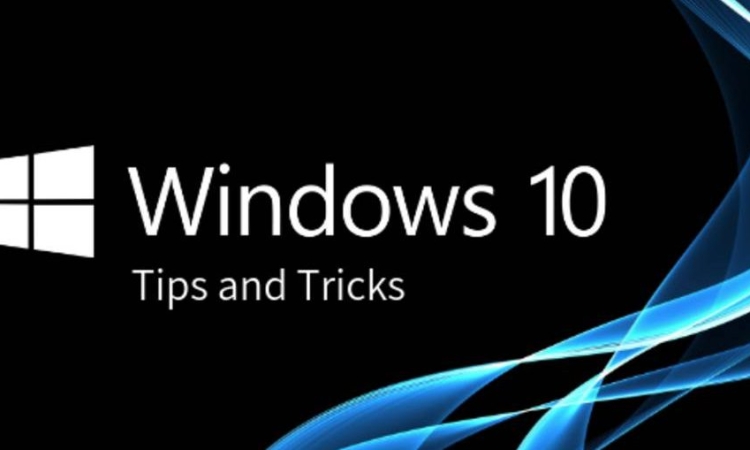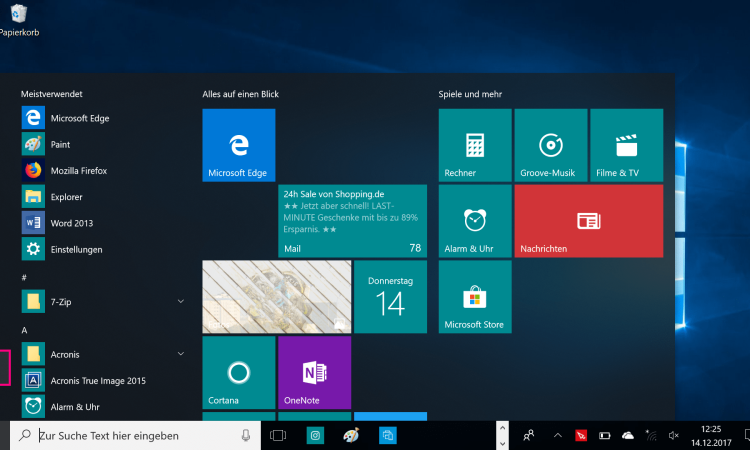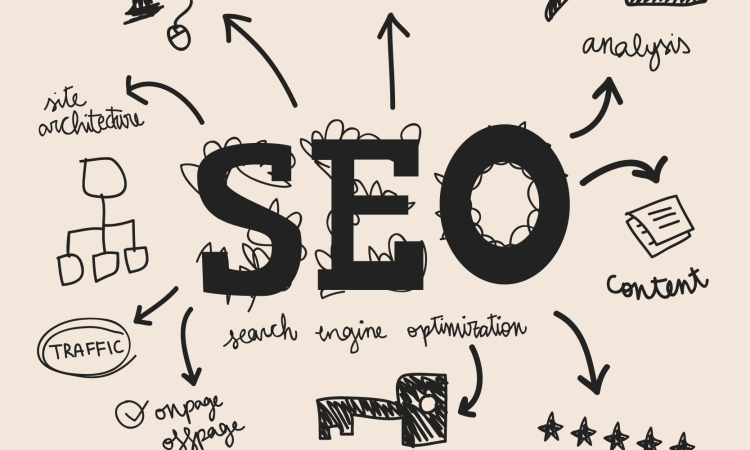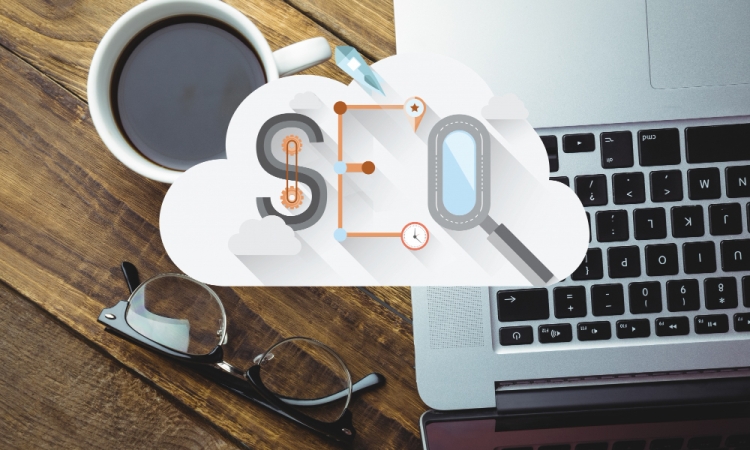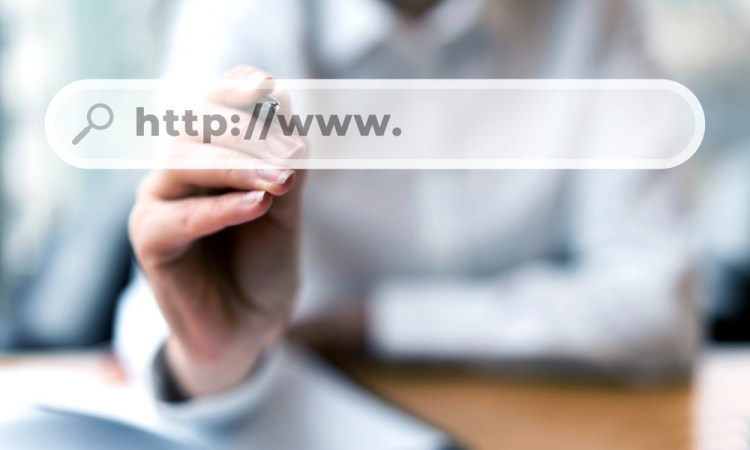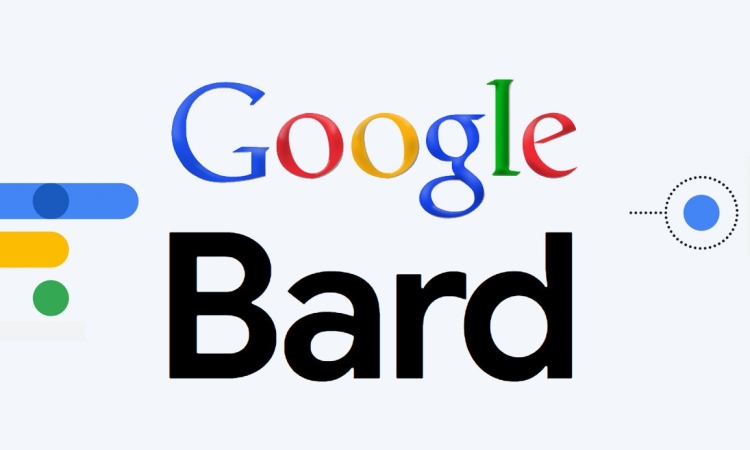Introduction: In today's digital age, email marketing remains a cornerstone of effective communication between businesses and their audiences. With its ability to reach customers directly in their inboxes, email marketing offers unparalleled opportunities for engagement and conversion. In this comprehensive guide, we'll explore the ins and outs of email marketing, from its definition to practical strategies for success.
1. What is Email Marketing? Email marketing involves sending commercial messages to a group of people via email. These messages can vary from promotional offers and product updates to newsletters and event invitations. The goal of email marketing is to build relationships with customers, increase brand awareness, and drive sales.
2. Benefits of Email Marketing
- Direct Communication: Unlike social media or other marketing channels, email allows businesses to communicate directly with their target audience.
- Cost-Effective: Email marketing is highly cost-effective, requiring minimal investment compared to traditional advertising methods.
- Targeted Messaging: With email segmentation and personalization, businesses can tailor their messages to specific audience segments, increasing relevance and engagement.
- Measurable Results: Email marketing platforms provide detailed analytics, allowing businesses to track open rates, click-through rates, and conversions.
3. Getting Started with Email Marketing Getting started with email marketing involves several key steps:
3.1 Building Your Email List
- Opt-In Forms: Place opt-in forms on your website and social media channels to capture email addresses from interested visitors.
- Incentives: Offer incentives such as discounts or freebies in exchange for email sign-ups.
- Segmentation: Segment your email list based on demographics, purchase history, or engagement level to send targeted campaigns.
3.2 Crafting Compelling Emails
- Subject Lines: Write attention-grabbing subject lines that entice recipients to open your emails.
- Content: Create valuable and relevant content that resonates with your audience, whether it's informative articles, exclusive offers, or product updates.
- Call-to-Action (CTA): Include clear and compelling CTAs that encourage recipients to take action, such as making a purchase or signing up for an event.
3.3 Choosing the Right Email Marketing Platform
- Features: Evaluate email marketing platforms based on features such as automation, segmentation, and analytics.
- Ease of Use: Choose a platform that is user-friendly and intuitive, making it easy to create and send campaigns.
- Integration: Ensure that the platform integrates seamlessly with your existing tools and systems for maximum efficiency.
4. Email Content Strategies Effective email content strategies include:
4.1 Promotional Emails Promotional emails highlight product launches, sales, or special offers, aiming to drive conversions and revenue.
4.2 Educational Emails Educational emails provide valuable information or resources to subscribers, positioning your brand as a trusted source of expertise in your industry.
4.3 Newsletter Emails Newsletter emails keep subscribers informed about company news, industry trends, and upcoming events, fostering ongoing engagement and loyalty.
5. Designing Effective Email Campaigns Design plays a crucial role in the success of email campaigns:
5.1 Subject Lines and Preheaders Craft compelling subject lines and preheaders that pique curiosity and encourage recipients to open your emails.
5.2 Layout and Visuals Use a clean and visually appealing layout that enhances readability and reinforces your brand identity.
5.3 Call-to-Action (CTA) Place prominent CTAs throughout your emails, making it easy for recipients to take the desired action.
6. Analyzing Email Marketing Metrics Measuring the success of your email marketing efforts involves tracking key metrics:
6.1 Open Rate The percentage of recipients who open your emails, indicating the effectiveness of your subject lines and sender reputation.
6.2 Click-Through Rate (CTR) The percentage of recipients who click on links or CTAs within your emails, measuring engagement and interest.
6.3 Conversion Rate The percentage of recipients who complete a desired action, such as making a purchase or signing up for a webinar, reflecting the overall effectiveness of your campaigns.
Conclusion Email marketing remains a powerful tool for businesses looking to connect with their audience on a personal level and drive meaningful results. By following best practices and continuously optimizing your campaigns, you can unlock the full potential of email marketing to grow your business and delight your customers.
FAQs:
- What is the best time to send marketing emails?
Determining the best time to send marketing emails depends on various factors, including your target audience, industry, and the content of your emails. While there's no one-size-fits-all answer, here are some general guidelines:
-
Test Different Times: Experiment with sending emails at different times of the day and days of the week to see when you get the highest open and click-through rates. Keep track of the results to identify patterns and trends.
-
Consider Your Audience: Think about your target audience's demographics and behaviors. For example, if you're targeting professionals, weekdays during office hours might be more effective. On the other hand, if you're targeting consumers, evenings and weekends might work better.
-
Avoid Peak Times: Try to avoid sending emails during peak times when people are likely to be overwhelmed with messages, such as Monday mornings or Friday afternoons.
-
Time Zone Considerations: Take into account the time zones of your subscribers. If you have a global audience, consider segmenting your list and sending emails at different times to accommodate different time zones.
-
Monitor Engagement Metrics: Pay attention to engagement metrics such as open rates, click-through rates, and conversion rates to gauge the effectiveness of your email timing.
Remember that the best time to send marketing emails can vary based on your specific audience and objectives, so it's essential to continuously monitor and adjust your email sending schedule based on performance data.
-
- How can I improve my email open rates?
Improving email open rates requires a combination of strategic planning, compelling content, and effective execution. Here are some tips to help boost your email open rates:
-
Craft Engaging Subject Lines: Write attention-grabbing subject lines that spark curiosity, create urgency, or offer value to recipients. Keep them concise and relevant to increase the likelihood of opens.
-
Personalize Your Emails: Address recipients by name and segment your email list based on demographics, behaviors, or interests. Tailor your messaging to each segment to make it more relevant and engaging.
-
Optimize Sender Name and Email Address: Use a recognizable sender name and email address that recipients will trust and recognize. Avoid using generic or spammy-sounding sender names, as they can deter recipients from opening your emails.
-
Segment Your Email List: Divide your email list into smaller segments based on factors such as demographics, purchase history, or engagement level. This allows you to send targeted and personalized content that resonates with each segment.
-
Send Emails at the Right Time: Experiment with different send times to determine when your audience is most likely to engage with your emails. Consider factors such as time zones, industry norms, and the behavior of your target audience.
-
Optimize for Mobile: Ensure that your emails are mobile-responsive and display correctly on various devices and screen sizes. Many recipients check their emails on smartphones, so a mobile-friendly design is essential for maximizing open rates.
-
Provide Value in Every Email: Deliver valuable and relevant content that meets the needs and interests of your audience. Whether it's educational information, special offers, or exclusive content, make sure that every email provides value to recipients.
-
Test and Iterate: Continuously test different elements of your emails, such as subject lines, sender names, and content formats, to identify what resonates best with your audience. Use A/B testing to compare different variations and optimize your campaigns accordingly.
By implementing these strategies and continuously monitoring your email performance metrics, you can improve your email open rates and enhance the effectiveness of your email marketing campaigns.
-
- What is the ideal length for marketing emails?
The ideal length for marketing emails can vary depending on your audience, the type of content you're delivering, and your specific goals. However, here are some general guidelines to consider:
-
Be Concise: Keep your emails concise and to the point. Most recipients have limited time and attention spans, so aim to deliver your message efficiently without unnecessary fluff or filler.
-
Focus on the Value: Make sure that every word in your email adds value to the recipient. Whether you're sharing promotional offers, educational content, or product updates, prioritize relevance and clarity.
-
Consider Mobile Users: With the increasing prevalence of mobile devices, it's essential to optimize your emails for mobile viewing. Keep your content short and scannable, with clear headers and bullet points to facilitate readability on smaller screens.
-
Test Different Lengths: Experiment with different email lengths to see what resonates best with your audience. Some recipients may prefer short, punchy emails, while others may appreciate more detailed content. Use A/B testing to compare the performance of different email lengths and adjust your strategy accordingly.
-
Use Segmentation: Segment your email list based on factors such as engagement level, demographics, and preferences. Tailor your email content and length to each segment to ensure maximum relevance and engagement.
Ultimately, there's no one-size-fits-all answer to the ideal length for marketing emails. It's essential to understand your audience's preferences and behavior and tailor your email content accordingly. By focusing on value, clarity, and relevance, you can create effective marketing emails that resonate with your recipients and drive results.
-
- How often should I send emails to my subscribers?
Determining the optimal frequency for sending emails to your subscribers requires a balance between staying top-of-mind and avoiding inbox overload. Here are some considerations to help you determine the right cadence:
-
Quality Over Quantity: Focus on sending high-quality, valuable content rather than bombarding your subscribers with frequent emails. Quality content will keep subscribers engaged and less likely to unsubscribe or ignore future emails.
-
Segmentation: Segment your email list based on factors such as engagement level, preferences, and demographics. Tailor your email frequency to each segment, sending more frequent emails to highly engaged subscribers and less frequent emails to those who are less active.
-
Test Different Frequencies: Experiment with different sending frequencies to see what works best for your audience. Start with a moderate frequency (e.g., once a week) and gradually adjust based on open rates, click-through rates, and subscriber feedback.
-
Consider Content Type: The type of content you're sending can also influence email frequency. For example, promotional emails may be less frequent than educational or newsletter content. Consider the relevance and value of each email to your subscribers when determining frequency.
-
Monitor Engagement Metrics: Keep a close eye on key metrics such as open rates, click-through rates, and unsubscribe rates. If you notice a decline in engagement or an increase in unsubscribes, it may be a sign that you're sending emails too frequently.
-
Preference Center: Provide subscribers with the option to choose their email frequency or preferences in a preference center. This allows subscribers to control the frequency of emails they receive, resulting in a more positive experience.
-
Seasonal Considerations: Take into account seasonal factors, holidays, or special events that may affect your email frequency. Adjust your sending frequency accordingly to align with your subscribers' preferences and expectations during these times.
Overall, there's no one-size-fits-all answer to how often you should send emails to your subscribers. It's essential to strike a balance between staying engaged and respecting your subscribers' time and preferences. By testing different frequencies, monitoring engagement metrics, and prioritizing value-driven content, you can find the right email cadence for your audience.
-
- How can I reduce the likelihood of my emails ending up in spam folders?
Reducing the likelihood of your emails ending up in spam folders involves following best practices and adhering to email industry standards. Here are some tips to help improve email deliverability and avoid spam filters:
-
Use Permission-Based Lists: Only send emails to recipients who have explicitly opted in to receive communications from you. Avoid purchasing email lists or sending unsolicited emails, as this can result in spam complaints and negatively impact deliverability.
-
Authenticate Your Emails: Implement authentication protocols such as SPF (Sender Policy Framework), DKIM (DomainKeys Identified Mail), and DMARC (Domain-based Message Authentication, Reporting, and Conformance) to verify the authenticity of your emails and prevent spoofing and phishing attempts.
-
Maintain Clean Lists: Regularly clean and update your email lists to remove inactive or invalid email addresses. High bounce rates and spam traps can negatively affect your sender reputation and increase the likelihood of your emails being marked as spam.
-
Avoid Spam Trigger Words: Steer clear of using spammy language and phrases in your email subject lines and content. Words like "free," "guarantee," "urgent," and excessive use of exclamation marks can trigger spam filters and decrease deliverability.
-
Optimize HTML and Text Ratio: Balance the use of HTML and plain text in your emails to ensure a good text-to-image ratio. Emails that are predominantly image-based or contain large HTML code blocks may be flagged as spam by filters.
-
Monitor Sender Reputation: Keep an eye on your sender reputation by monitoring feedback loops, bounce rates, and spam complaints. Maintain a positive sender reputation by sending relevant, engaging content to engaged subscribers.
-
Provide Clear Unsubscribe Options: Make it easy for recipients to unsubscribe from your emails by including a visible and accessible unsubscribe link in every email. Honoring unsubscribe requests promptly can help prevent spam complaints and maintain a positive sender reputation.
-
Test Spam Score: Use spam testing tools to evaluate the spam score of your emails before sending them. These tools can identify potential issues that may trigger spam filters and provide recommendations for improvement.
By following these best practices and staying vigilant about email deliverability, you can reduce the likelihood of your emails ending up in spam folders and improve the effectiveness of your email marketing campaigns.
-



